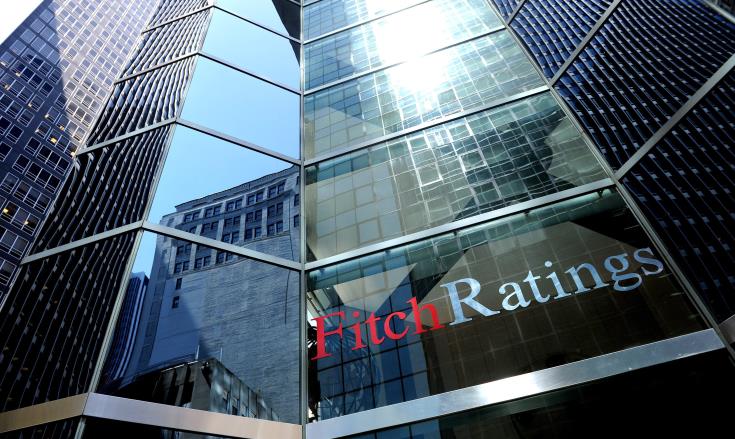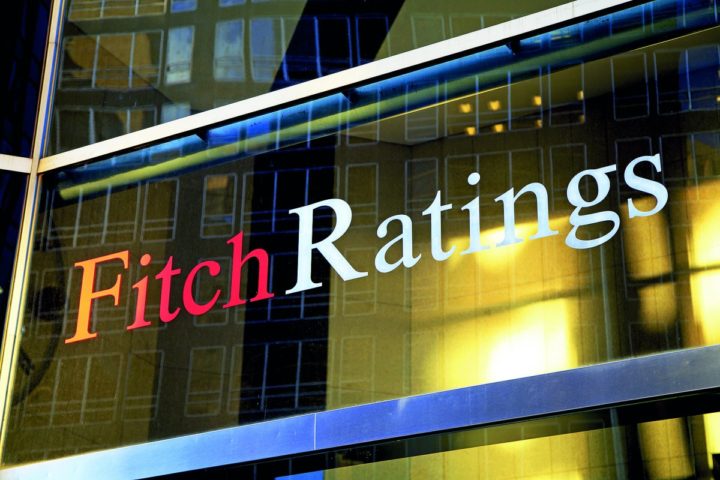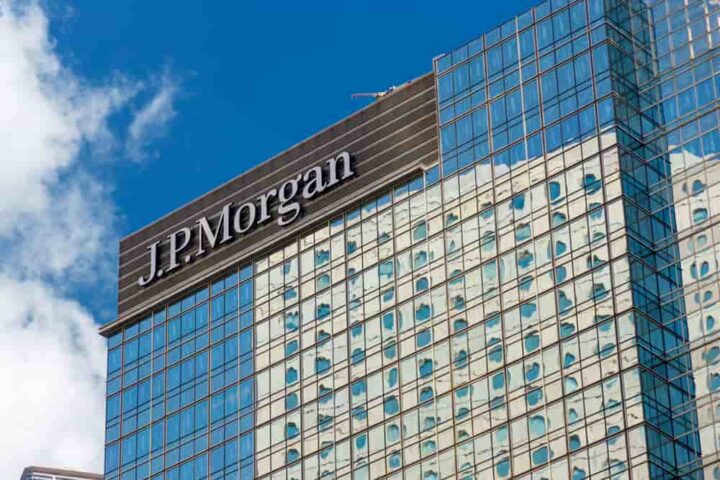Fitch rating agency affirmed Cyprus’ long-term sovereign rating at “BBB-” with a stable outlook, citing high sovereign debt and a weak banking sector as the main challenges facing the economy.
It said Cyprus’ institutional strength as underlined in its per capita GDP, and governance indicators, a record of robust economic growth and sound fiscal policy prior to the Covid-19 shock “are balanced by balance-sheet weaknesses, in particular high public debt and a weak banking sector.”
After a deep recession in 2020 with GDP contracting by 5.1%, Fitch forecasts growth to recover to 3.5% GDP in 2021 and 4.3% in 2022, broadly in line with the eurozone dynamics, “driven by pent-up consumption demand.”
Fitch said recovery would likely gain momentum only in the second half of 2021, delayed by the recent wave of the pandemic, while there is high uncertainty regarding tourism, given its dependence on arrivals from western European countries where vaccination had a slow start and travel restrictions are expected to be lifted gradually.
The agency said EU Next Generation funds would support growth.
Cyprus has €1.2 bln (5.5% of GDP) in grants from the Resilience and Recovery Facility for 2021-2026, with the government intending to front-load the spending of these funds.
Following persistent budget surpluses, Cyprus posted a deficit amounting to 5% in GDP in 2020, reflecting the pandemic-related expenditure and the decline in revenues due to the recession.
Fitch forecasts a budget deficit of 3.6% GDP in 2021 and 2.5% in 2022. The deficit’s narrowing is expected to be mainly cyclical, as substantial structural fiscal consolidation is not expected until next year.
Cyprus’ gross general government debt (GGGD) surged to 118% GDP in 2020, marking a 24 percentage points (pp) increase, almost twice the 14pp increase in the eurozone, partly due to fundamentals driven by the pandemic, as cash buffers were increased significantly to over 15% GDP as the sovereign took advantage of benign financing conditions.
Fitch expects the debt ratio to decline by more than 10pp of GDP in 2021, predominantly as cash reserves are used for debt redemptions, while debt reduction “will be driven by policy tightening from 2022 and GGGD is forecast to fall below 100% in 2025.”
“Cyprus’ large banking sector remains a weakness relative to peers despite a significant fall in non-performing exposures (NPEs) during 2020.”
NPEs declined to €4.7 bln (16.7% of total loans) by end-2020 from €8 bln at end-2019, due mainly to asset sales and write-offs by the two largest banks.
The coverage ratio of the remaining NPE stock is 44%, in line with the eurozone average, Fitch said.
Fitch said government plans to facilitate the transfer of NPLs to the state-owned Asset Management Company, KEDIPES, is not accounted for in its forecasts, as plans are not finalized.
Factors that could lead to an upgrade are evidence that public debt/GDP will return to a firm downward trend over the medium term following the sharp increase in 2020, progress in asset quality improvement in the banking sector, consistent with lower impairment charges and enhanced credit provision to the private sector.
The factors leading to a downgrade are associated with a failure to return public debt/GDP to a declining path, for example, due to structural fiscal loosening, weak growth or materialisation of contingent liabilities and heightened risks in the banking sector.









